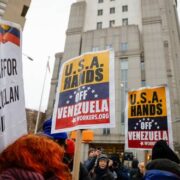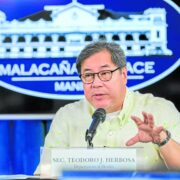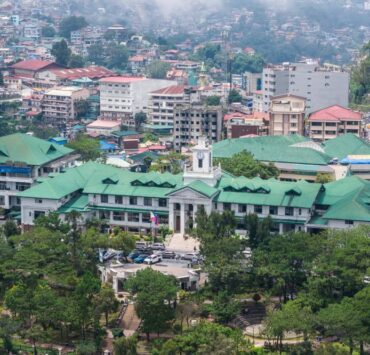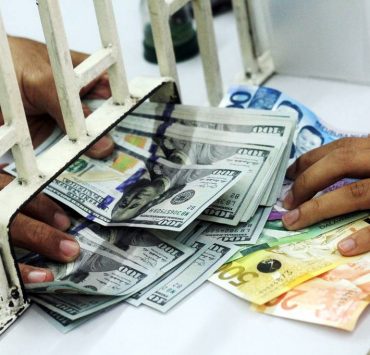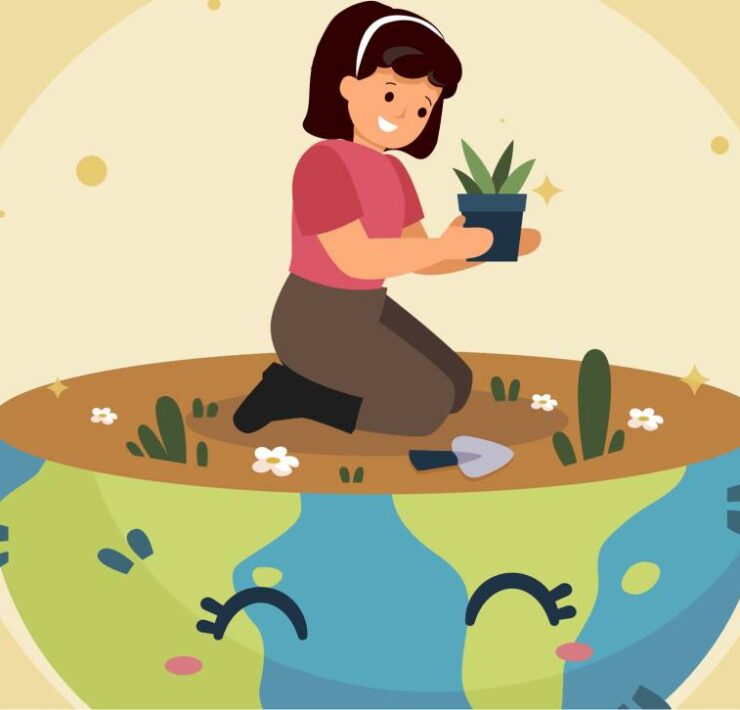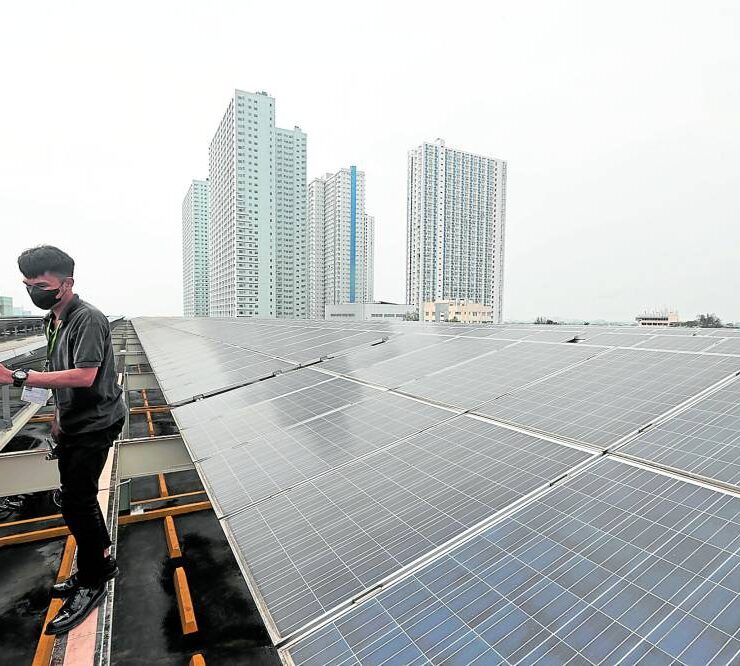Building inclusive and sustainable Philippine cities
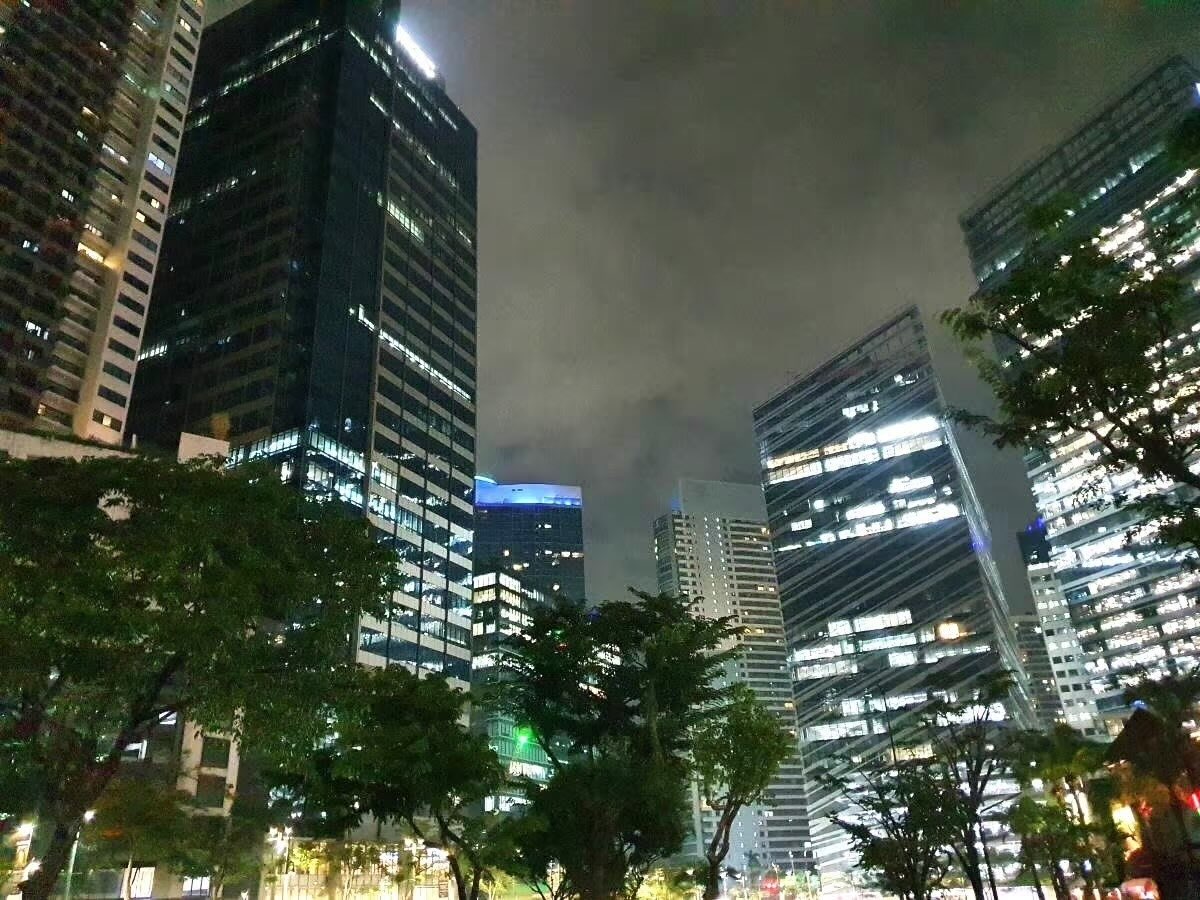
Urbanization is a driving force shaping the future of cities worldwide. As the Philippines continues to experience rapid urbanization, it faces opportunities and challenges, particularly in its efforts to achieve sustainability and resilience. The United Nations Sustainable Development Goal 11 (SDG 11) focuses on creating inclusive, safe, resilient, and sustainable cities by 2030, a target especially relevant to the archipelago where cities like Metro Manila, Cebu, and Davao are booming.
Data from 1,217 cities worldwide indicates that urban areas expanded 3.7 times faster than densified between 2000 and 2020, displacing ecologically valuable lands. This unplanned expansion has increased the number of slum dwellers, with an estimated 1.1 billion people worldwide living in slums as of 2022.
The Philippines contributes to this trend, with slum populations steadily rising due to insufficient access to affordable housing and public amenities.
In order for the Philippines to achieve the SDG 11 targets, it is essential to invest in high-capacity public transport systems and infrastructure improvements. Integrating modern and efficient transport systems can help reduce carbon emissions, alleviate traffic congestion, and ensure fair access to transportation services.
This focus aligns with Outcome 2 of the United Nations Cooperation Framework (CF) 2024-2028, emphasizing the need for an integrated and sustainable economy that creates decent work and livelihood opportunities.
Waste management, urban planning
SDG 11 encourages better waste management systems that promote recycling and reduce cities’ environmental footprints. In 2022, the global average for municipal solid waste (MSW) collection stood at 82 percent, with controlled facility management at 55 percent. Sub-Saharan Africa and Oceania had even lower collection rates, below 60 percent.
The Philippines faces similar challenges, with many urban areas struggling to manage waste effectively, leading to plastic pollution, greenhouse gas emissions, and public health risks. The country generates over 40,000 tons of waste daily, much of which ends up in landfills or, worse, in water bodies.
The Philippines is also highly vulnerable to climate change and natural disasters, facing significant risks from typhoons, flooding, and rising sea levels. Climate-resilient urban planning will be crucial for creating sustainable cities. As of 2023, 106 countries had local disaster risk reduction strategies. Enhancing climate resilience will help protect communities, especially those in vulnerable regions like the Bangsamoro Autonomous Region in Muslim Mindanao (BARMM), a focus of peace and development efforts.
The Philippines needs to adopt a multi-dimensional approach to create sustainable, inclusive, and resilient cities. This vision includes expanding affordable housing, improving public transportation, increasing access to public spaces, managing waste efficiently, and strengthening climate resilience.
The partnership between the Philippine government and the United Nations, as outlined in the CF 2024-2028, offers a strategic framework to achieve these goals, leveraging technical assistance, capacity building, policy advice, and evidence-based approaches. If appropriately managed, it could transform cities into hubs of innovation, resilience, and sustainability.
The author (at www.ianfulgar.com) is a leading architect with an impressive portfolio of local and international clients. His team elevates hotels and resorts, condominiums, residences, and commercial and mixed-use township development projects with innovative, cutting-edge design and business solutions that have garnered industry recognition, making him the go-to expert for clients seeking to transform their real estate ventures.
The author (www.ianfulgar.com), is a leading architect with an impressive portfolio of local and international clients. His team elevates hotels and resorts, condominiums, residences, and commercial and mixed-use township development projects. His innovative, cutting-edge design and business solutions have garnered industry recognition, making him the go-to expert for clients seeking to transform their real estate ventures






